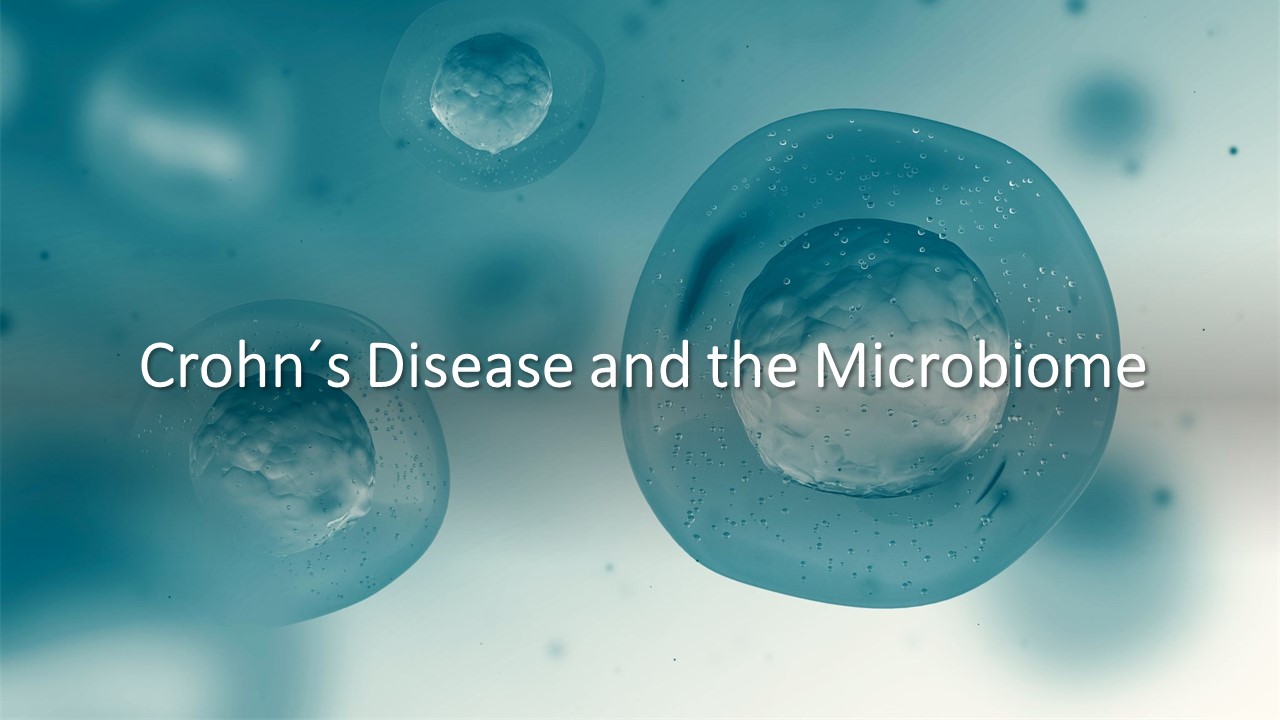I was diagnosed with Crohn’s disease almost 25 years ago, (almost 30 since first symptoms) and because of that, combined with my background, you’ll be exposed to information you’ve never seen before. It is this experience that makes me so passionate about what I do. I was once in your shoes. One gastroenterologist told me there was nothing that could be done. Another told me it was in my head. And another told me to take prednisone for the rest of my life. I rejected these clowns. And here I am, all of these years later, no drugs, no surgery. Defying the odds. What do I know, that others don’t? A LOT! I wish I had known this information when my symptoms first started. It would have saved me a tremendous amount of time, money and suffering (both physical and mental). But, I know it now, and education is key.
For example, did you know that, for those with Crohn’s, vitamin D should be taken with caution. Or that the use of Saccharomyces boulardii may be a bad idea.
If you understand the root cause, you can hopefully avoid the chronic inflammation that can go on to cause an array of grave problems. For example, depending on reference, up to 80% of Crohn’s patients will require intestinal surgery at some point. About 30% will require a second surgery. These surgeries vary for several reasons. For example, the chronic inflammation can make cells do crazy things. One is a loss in signaling and control resulting in what’s called a fistula. A fistula is an unregulated burrowing of cells from one location to another. Or said more scientifically, “intestinal epithelial cells re-differentiate into mesenchymal-like cells acquiring migratory potential.” About 35% of patients suffer from at least one fistula during their disease course.
The are three most common types. One is the perianal, found in the majority of cases, about (54%). This canal can cause fecal incontinence around the anus. In other words, you might need a diaper. Then there is the entero-enteric fistula, at about (24%). Which is an abnormal opening between two parts of the small intestine. As you can imagine, we don’t want contents of the small intestine leaking and reversing course. Lastly, at about 9%, is the recto-vaginal fistula. As the name implies, there is fecal leakage into the vagina. Obviously, this leads to a list of terrible issues. And Crohn’s is an equal opportunity disease.
About one third with have a recurring fistula, and surgery is only successful about one third of the time. About 20% of the time, surgery for both peri-anal and recto-vaginal fistulas results in a surgical removal of all or part of the rectum.
All of this sounds terrible. Wouldn’t it make more sense to address the root cause in an attempt to avoid all of this pain and suffering. As the former director of medical education for a microbiome firm, and now with my own platform, I have helped many people over the years. Not only have I done a complete meta-analysis of all of the available research for Crohn’s disease and the microbiome, but I’ve also done a complete meta-analysis for all of the main prebiotics. I know which health-promotors are significantly reduced in the Crohn’s microbiome, and I know how to feed them to restore balance.
In our world as it is, we all now have to be our own health advocates. With a broken government, food and medical system, you need to take charge of your healthcare. So, educate yourself, as best you can. This is why I’ve launched my educational platform. For you. You can find my presentation entitled, “Crohn’s Disease and the Microbiome” in my Microbiome University tab, and also on my YouTube channel. If you have a condition or disease that you think would be well served by addressing your microbiome, you can visit the Protocols tab on my website where you can find a science-based protocol which may dramatically improve your quality of life, as they have done for many others (see my testimonials)
The references cited within this video presentation
Intestinal strictures in Crohn’s disease: An update from 2023 – PubMed (nih.gov)
Rectovaginal Fistula in Crohn’s Disease: When and How to Operate? – PubMed (nih.gov)
Current management of anal fistulas in Crohn’s disease – PubMed (nih.gov)
Pathophysiology of fistula formation in Crohn’s disease – PubMed (nih.gov)
Aminosalicylates for induction of remission or response in Crohn’s disease – PubMed (nih.gov)
Steroid use and misuse: a key performance indicator in the management of IBD – PubMed (nih.gov)
JAK inhibitors for inflammatory bowel disease: recent advances – PubMed (nih.gov)
Bugs, genes, fatty acids, and serotonin: Unraveling inflammatory bowel disease? – PubMed (nih.gov)
Antimicrobial peptides and the gut microbiome in inflammatory bowel disease – PubMed (nih.gov)
An Update Review on the Paneth Cell as Key to Ileal Crohn’s Disease – PubMed (nih.gov)
Hypercalcemia in granulomatous disorders: a clinical review – PubMed (nih.gov)

